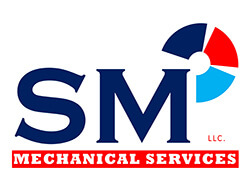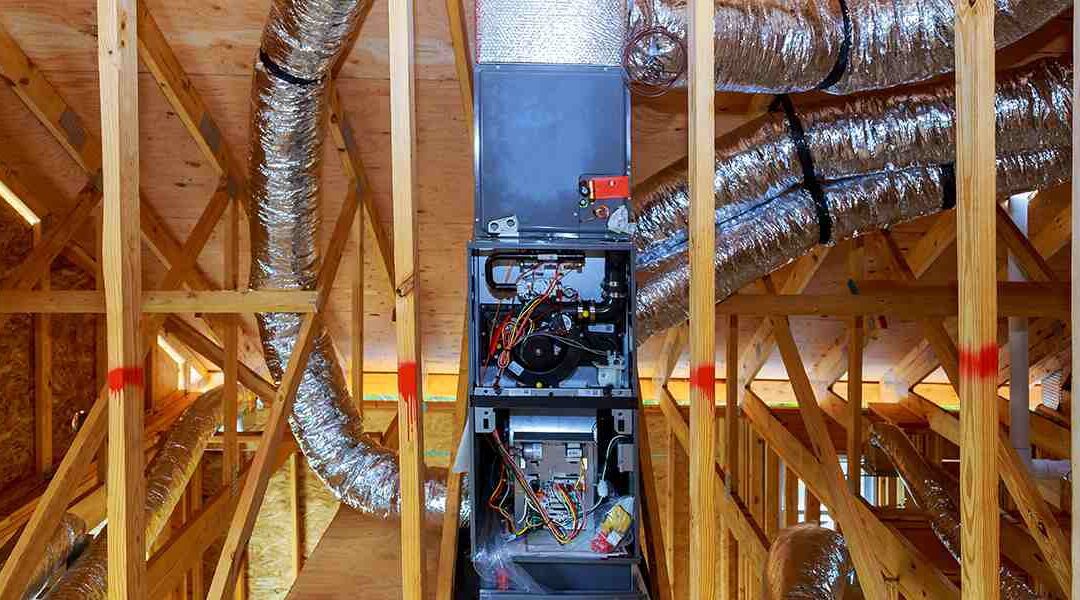If your furnace is struggling to heat your home, reach out to SM Mechanical Services for professional repair in West Hartford.
Filters are your home’s invisible cleaners. While it can be easy to forget they are there, changing your filters is necessary. They also beg the question: Which way does air flow in a furnace? In this quick article below, our team from the trusted HVAC service in West Hartford, CT, will explain everything you need to know about airflow in a furnace, how to tell which way it’s flowing, and how to determine which kind of furnace you have.
Understanding Furnace Airflow Direction
Homes are typically heated by furnaces or boilers. Determining airflow in a furnace starts with understanding how furnace airflow works. When the thermostat activates in response to a temperature change, the furnace fan turns on and causes air to flow through filters, ducts, and vents. It’s important to understand the air direction in a heating system because air filters require frequent changing. No matter what kind of furnace you have, it follows the same general sequence when heating your home:
- The thermostat triggers the furnace to begin pulling in cold air.
- The furnace pulls in air from return vents in your home’s rooms.
- Air travels through the air filters, removing any dust from the air before the furnace heats it.
- The filtered air flows over the heat exchanger, heating the air in preparation for it to flow through your home.
- Air flows to the return vents and into your rooms, heating your home.
How To Tell Which Direction Air Flows in a Furnace
Determining airflow in furnaces is as simple as examining the furnace, the air filter, and the physical airflow as the furnace operates. Examining the air filter is the first and easiest way to determine your airflow. Typically, air filters will have an arrow on the side of the filter indicating which direction the air is flowing. By removing your air filter, examining which way the arrow is pointing, and taking a quick look at your furnace’s design, it should be apparent which direction the air flows when being pulled from the outside to the inside.
If you are still unsure which way air is flowing in your furnace after removing the air filter, try examining your furnace while it is heating your home. A piece of paper can help indicate which way air is flowing if you place it where your air filter is supposed to be.
Types of Furnaces in West Hartford, CT
The direction of air in heating systems depends on the type and location of your furnace. Knowing the difference can be useful should you ever decide to repair or upgrade your current heating system. The types of furnaces you may find in your West Hartford, CT, home include the following:
Upflow Furnaces
Upflow furnaces are designed so that air flows upward through the furnace, filter, and vents. If your furnace is located below your main floor, such as in a basement, it is likely an upflow furnace. Because heat naturally rises, upflow furnaces are great at heating but less efficient at cooling. This is the ideal setup for those living in cold climates where summers and short and winters are long.
In an upflow furnace, the air is pulled in from the return grills, flowing down into the air filter before being heated from the furnace and out through the ducts and vents. Furnace air circulation moves from grill to vent, going down through the air filter before coming back up to heat the home from the bottom up.
Downflow Furnaces
Downflow furnaces are the opposite of upflow furnaces, typically being found on the highest floor of the home, like an attic. They are great for two-floor homes, heating the floor below with air from above. Downflow furnace airflow starts with the return vent, pulling air down directly through the air filter to the heat exchanger below.
Once the air is heated, the blower propels the air through the bottom of the furnace, supplying hot air throughout vents and ducts. The advantage of a downflow furnace is that it’s designed for shorter heating seasons and longer cooling seasons. Because it naturally cools better than it heats, a downflow furnace can help save money during the hottest months.
Horizontal Flow Furnaces
Horizontal flow furnaces are the most compact of furnace types, with components lying adjacent to one another. Depending on what kind of horizontal flow furnace you have, your air filter and airflow may be going from left to right or right to left. Horizontal flow furnaces pull in cold air from one side of the furnace, which is brought through the air filter, over the heat exchanger, and then out the other side.
Once heated, excess air in a furnace flows out the other side of the furnace through the vents of the home. When trying to determine the air movement in heating furnaces like these, you’ll find your filter on the side where air enters your furnace. This makes the air flow toward the rest of the furnace. Horizontal flow furnaces are optimal for homes with little room for furnaces like downflow or upflow types because of how much vertical space they occupy. With a horizontal flow furnace, the structure can operate in tiny spaces, like single-story floors or small attics. There’s no caveat involving structure, either, making a horizontal flow furnace adaptable for any kind of season.
Learn More About Your West Hartford, CT, HVAC System With SM Mechanical Services
Now that you understand the answer to the question, “Which way does air flow in a furnace?” why not learn more about all the HVAC services you need in West Hartford, CT? No matter how hot or cold our weather gets, we’re here to help you get your heating and cooling settled so you can stay comfortable during any season.
Call SM Mechanical Services at 860-530-2632 for expert furnace repair and installation today!

